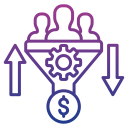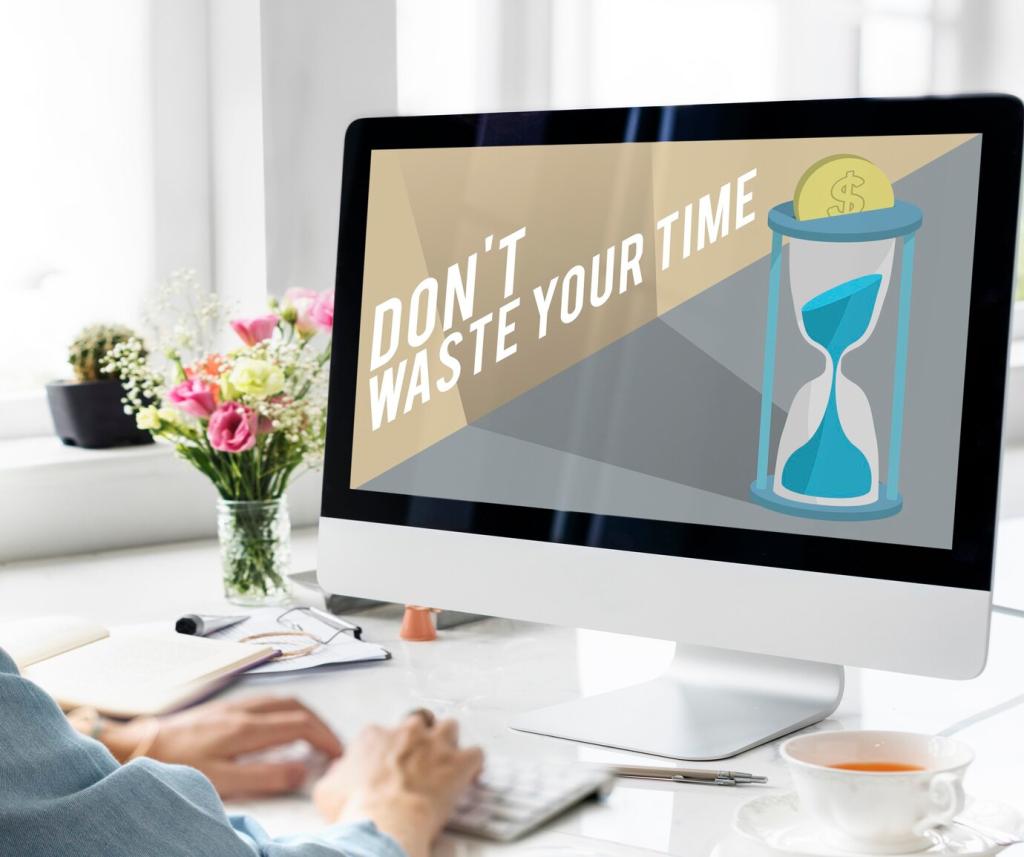Field Story: A Startup That Connected Its Channels
The team ran search ads, emailed weekly, and posted on social, but nothing lined up. Prospects saw three different value propositions in a week. Sales complained about “cold” leads. Without a shared funnel map, performance plateaued, and budget debates overshadowed customers’ real questions and anxieties.
Field Story: A Startup That Connected Its Channels
They mapped stages, aligned messaging, fixed UTMs, and stitched data in the CRM. A modular content library fueled coordinated ads and emails. Triggers linked pricing-page visits to case study sequences, and sales received context-rich alerts. The result felt like one guided tour instead of disconnected billboards.


